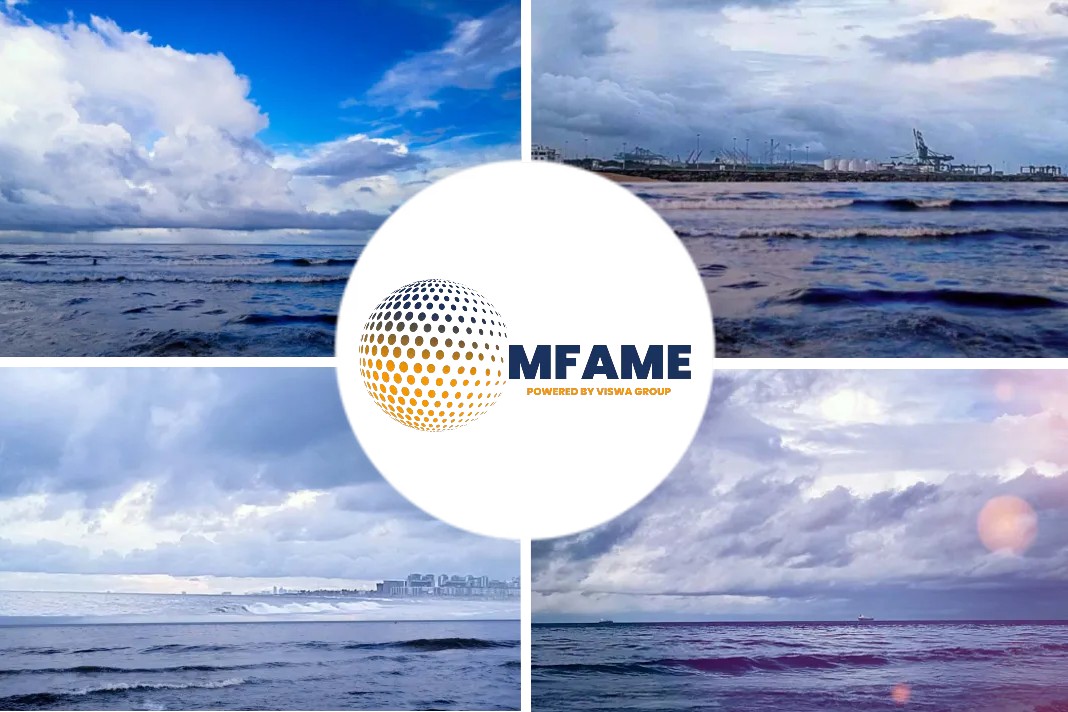Splash carried studies from NASA suggesting the global sulphur cap had improved atmospheric conditions. However, the controversial International Maritime Organization (IMO) regulation’s effect on the sea remains a moot point.
Scrubber fitted ships increase in number
New research from Chalmers University of Technology in Sweden suggests the discharge water from ships’ exhaust gas treatment systems, so-called scrubbers, is responsible for up to 9% of certain emissions of carcinogenic and environmentally harmful substances in the Baltic Sea, which is considerably more than was previously known. Furthermore, the number of ships equipped with scrubbers have more than tripled since the study was carried out.
The researchers’ study is unique in its kind and was commissioned by the Swedish Transport Agency and the Swedish Agency for Marine and Water Management to investigate the environmental impact from scrubbers in the Baltic Sea, compared to other sources of environmental contaminants.
“For many years, we’ve flagged the fact that scrubbers account for disproportionately large emissions of hazardous and acidifying substances into the marine environment. In spite of this message, we have seen a significant increase in the number of scrubber installations as it is economically beneficial for the shipowner. Therefore, it is very important that authorities and decision-makers now react and implement measures to reduce shipping’s emissions and impact on the marine environment,” said professor Ida-Maja Hassellöv, one of the study’s researchers.
Exhaust gas cleaning systems in the Baltic Sea
In the Chalmers study, published in the Marine Pollution Bulletin, the researchers found that more than 200m cu m of environmentally hazardous scrubber water were discharged from ships that used exhaust gas cleaning systems in the Baltic Sea – in just one year.
The study showed that scrubber washwater accounts for up to 9% of the emissions of certain cancer-causing polycyclic aromatic hydrocarbons (PAHs) into the Baltic Sea. The study also revealed that ships painted with copper-based antifouling paints account for a third of the total supply of copper to the Baltic Sea.
Copper in antifouling paints is already a known environmental problem as the metal cannot be degraded in the environment and therefore leads to high levels in water, sediment, and soil. But exactly how much of the load of copper boat and ship traffic accounts for, has previously been unknown. Also, the cancer-causing PAHs are difficult to degrade and can spread widely in the environment before breaking down.
Did you subscribe to our Newsletter?
It’s Free! Click here to Subscribe.
Source: Splash247






















